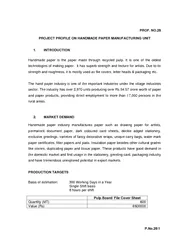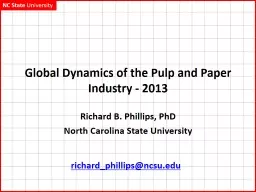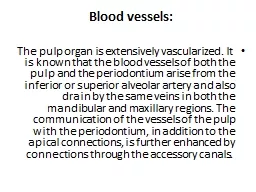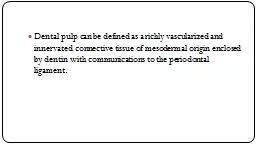PPT-Understanding The Cell Wall Structure – How it can Help the Pulp and Paper Industry
Author : stylerson | Published Date : 2020-06-16
Gopal Goyal Chief Scientist International Paper October 9 th 2013 Global Manufacturing North America 189 MM Tons 11000 mill employees IP Brazil 17 MM Tons
Presentation Embed Code
Download Presentation
Download Presentation The PPT/PDF document "Understanding The Cell Wall Structure �..." is the property of its rightful owner. Permission is granted to download and print the materials on this website for personal, non-commercial use only, and to display it on your personal computer provided you do not modify the materials and that you retain all copyright notices contained in the materials. By downloading content from our website, you accept the terms of this agreement.
Understanding The Cell Wall Structure – How it can Help the Pulp and Paper Industry: Transcript
Download Rules Of Document
"Understanding The Cell Wall Structure – How it can Help the Pulp and Paper Industry"The content belongs to its owner. You may download and print it for personal use, without modification, and keep all copyright notices. By downloading, you agree to these terms.
Related Documents














